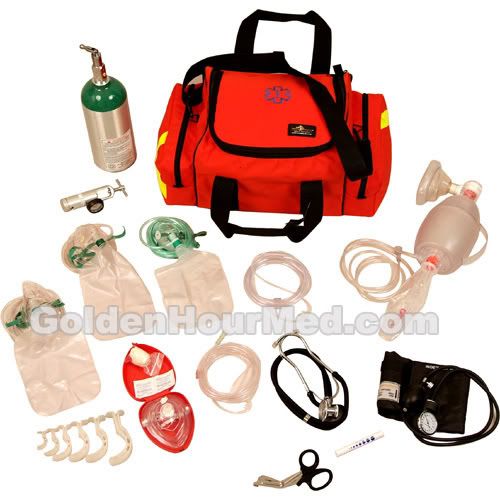A few more thoughts:
Training:
All devices should be coupled with appropriate training. Such training will also help you decide what kit is most appropriate for your needs
Masks:
For any kit, I’d include a resuscitation mask with oxygen inlet (e.g. “Pocket Mask”

. They can be used with either breathing or non-breathing patients.
I’d also include a few non-rebreather masks. They’re cheap, disposable (can’t be sanitized) and as previously discussed can provide high concentrations of oxygen for a breathing patient.
For those who like bag-valve masks, by all means, include them. They’re not very expensive. Be sure to consider those that can be used with supplemental oxygen. But note that they are difficult to use in a single rescuer scenario.
Regulators:
The simplest and least expensive kit to consider would include a simple, “one-stage” regulator that provides only an adjustable constant-flow outlet. This might well be sufficient for the casual diver. If I were injured, I’d much rather have one of these around than nothing.
A step up is a demand (patient activated) regulator that includes a somewhat more complex regulator (in the case of DAN’s kit, it’s like having a scuba first stage and a second stage). Typically these first stages also include an adjustable constant-flow outlet so a second patient can be served. This is what I own.
Somewhat more complex is a regulator that adds the positive-pressure ventilation feature, such as DAN’s MTV-100. This will be my next kit.
The crème de la crème would be an Automatic Transport Ventilator that senses the patient’s breathing, or lack thereof and adjusts accordingly. But these cost thousands of dollars, and are probably not a consideration for most.
Cylinders:
The farther away you dive from emergency medical care, the more oxygen you should have.
Summary:
The minimum kit I’d like to see around all dive sites would include:
a small cylinder
a constant flow regulator
a pocket mask
a non-rebreather mask





